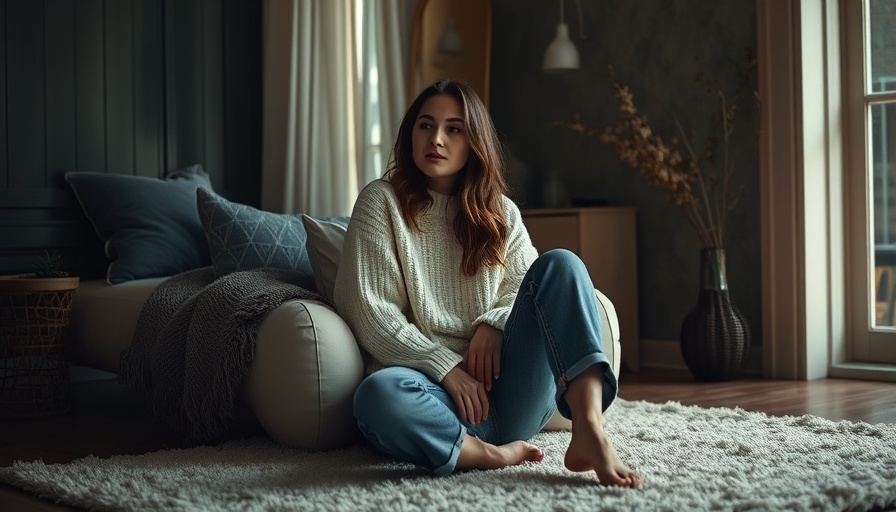
Exploring the Textile World with Lucy Bathurst
In the ever-evolving landscape of home design, few individuals manage to capture both romance and functionality as effectively as Lucy Bathurst, the founder of Nest Design. Bathurst’s journey began with a love for textiles and a dream to create beautiful home environments without excess frill—qualities that echo in her recent explorations of lace and eyelet designs. Today, these elements are being revived through a contemporary lens, merging softness with modern elegance.
The Rise of Nest Design
Launched in 2001, Nest Design has transformed from Bathurst working alone to a full-fledged team of "seamstress ninjas" crafting bespoke textile pieces. Their approach favors natural and antique fabrics, enhancing the charm and character of homes worldwide. As Bathurst points out, “It’s essential to have a subtle elegance without being overly complicated.” In her London studio, the atmosphere invites creativity and inspiration, which significantly informs the design process.
Signature Decor Trends: Lace Without the Fuss
One of the notable trends echoed in Bathurst's designs is the revival of lace curtains that serve practical purposes while adding a whimsical touch to interiors. Unlike the overly frilly versions of the past, these curtains find their place in modern rooms with clean lines and minimalism. They allow gentle natural light to filter in while providing a peaceful ambiance in living spaces.
A Gift That Speaks Volumes
Bathurst’s approach to gift-giving reflects her unique design sensibility; her go-to presents include champagne, flowers, and quaint handmade cushions. This practice speaks to the growing trend of personalized touches that homeowners desire. Such thoughtful details can transform simple gatherings into memorable experiences, inviting sharing and connection.
Inspiration from Nature
Reflecting on her bedside table, Bathurst shares a collection of books that spark curiosity and creativity. Titles like the 1970’s Book of Dragons alongside Rick Rubin's The Creative Act show her penchant for mixing the whimsical with the profound, driving home the idea that nature can inspire design. This connection extends beyond just aesthetics; it promotes tranquility and harmony in home settings, allowing homeowners to feel relaxed and refreshed.
The Impact of Podcasts and Discussions in Textile Design
For aspiring designers or hobbyists, Bathurst recommends podcasts like Jo Andrews’ Haptic & Hue, which delve into the textile world, enhancing understanding and appreciation for the craft. Engaging with such resources sharpens design instincts and provides insights into various styling opportunities—from kitchen remodels with carefully chosen fabrics to creating cozy nooks in dining areas.
Why Emotional Connections Matter in Design
The aesthetic choices we make in our homes are deeply embedded in our emotional landscapes. As Bathurst illustrates, color, texture, and design elements should reflect individual stories and lifestyles. Homeowners redefining their spaces through emotional connections can explore remodeling options that incorporate unique features, such as hand-dyed textiles or custom window treatments that carry personal significance.
Conclusion: Embrace Your Unique Style
Whether through knowledgeable decorators, unique textiles, or thoughtful gifts, there’s immense value in striking a balance between emotion and function in home design. As you explore potential upgrades within your space—be it kitchen remodeling with new countertops or enhancing living areas with custom curtains—leverage the insights from professionals like Lucy Bathurst. Transforming your home is a journey of self-expression that should echo your values and aesthetics, supporting your lifestyle every step of the way.
Call to Action: Ready to take the leap into transforming your living spaces? Explore creative options like textile upgrades or remodeling strategies to reflect your unique identity in your home.
 Add Row
Add Row  Add
Add 




 Add Row
Add Row  Add
Add 

Write A Comment